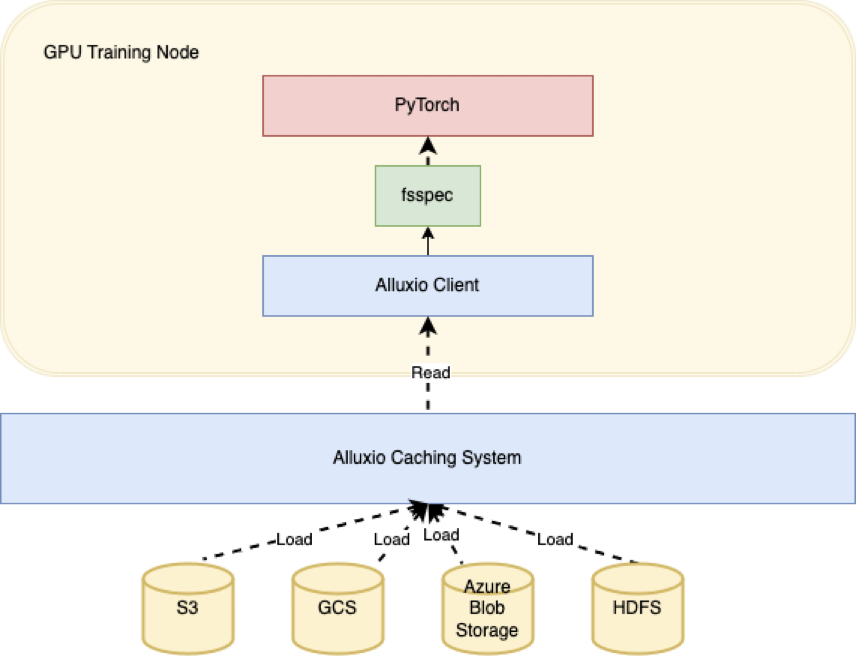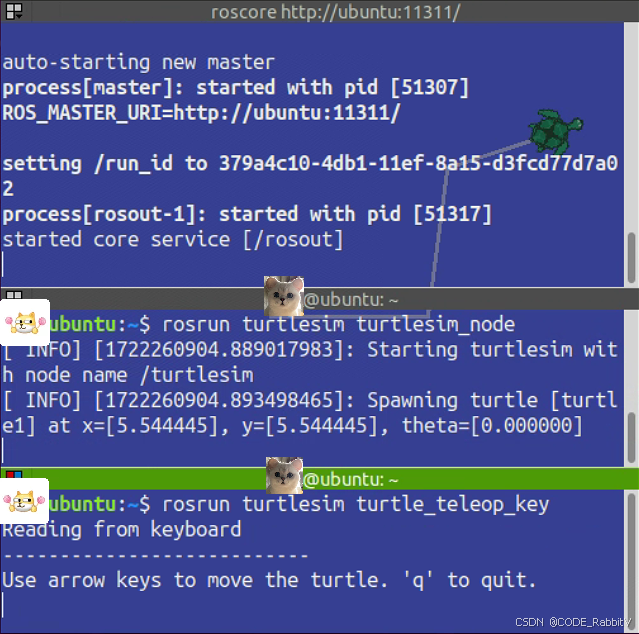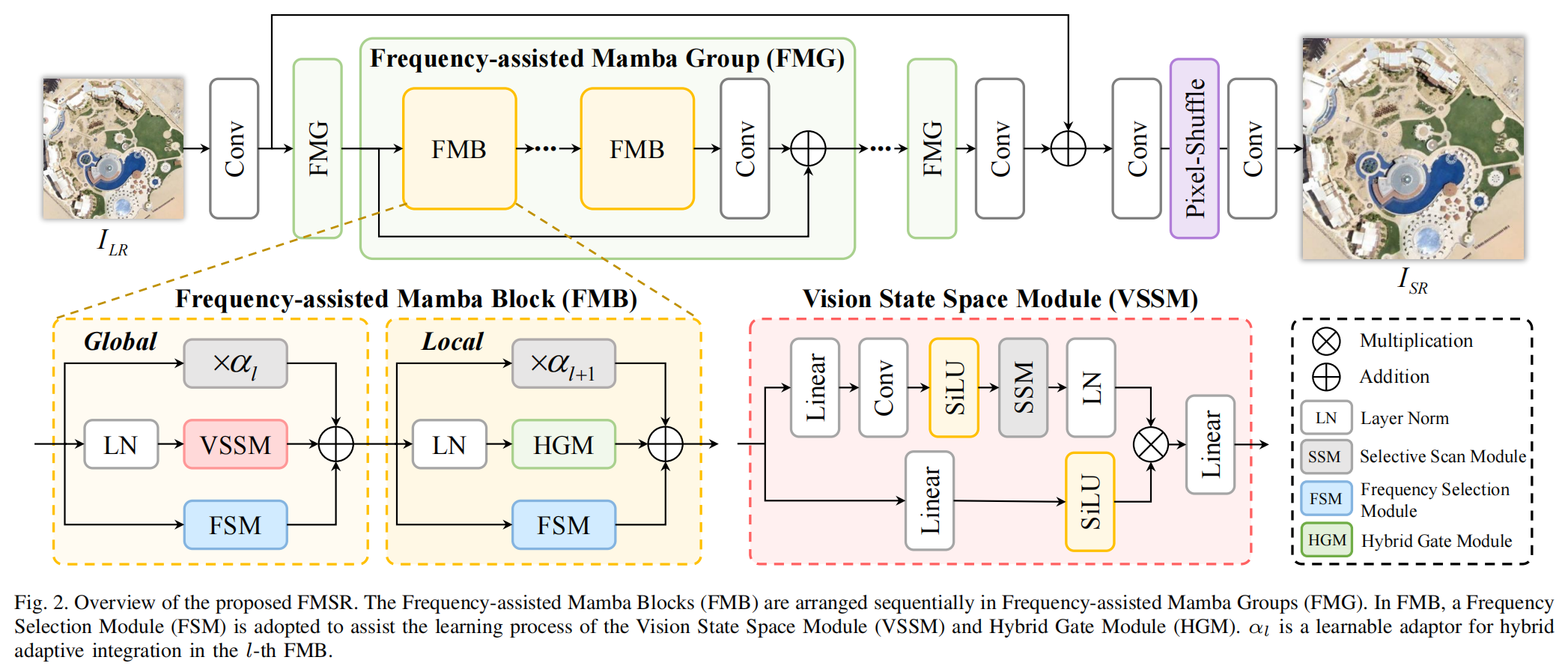一、引言
道格拉斯算法是一种用于曲线拟合的数学方法,特别是在处理曲线插值问题时非常有用。道格拉斯-普克算法(Douglas-Peucker Algorithm),简称D-P算法,是一种用于简化多边形或折线的高效算法,由David Douglas和Thomas Peucker于1973年提出。该算法的核心思想是递归地将折线分割为两段,然后根据设定的阈值去除那些偏离直线距离小于阈值的点,从而达到简化折线的目的。
二、算法原理

道格拉斯算法是一种基于节点和链表的曲线拟合方法。它通过将节点组织成链表,并使用插值条件来确定曲线。算法的基本思想是:
- 构建一个包含n个节点的链表,每个节点包含一个点(x, y)。
- 将链表分为两部分,第一部分包含链表的第一个节点,第二部分包含链表的其余节点。
- 对于链表的每一部分,使用插值条件计算出对应的插值曲线。
- 将两部分插值曲线合并,得到最终的插值曲线。
三、数据结构

道格拉斯算法主要涉及以下数据结构:
- 点(Point):表示折线上的一个点,通常包含 x 和 y 坐标。
- 线段(Line Segment):由两个点组成的线段。
- 列表(List):用于存储折线上的所有点。
class Point:
def __init__(self, x, y):
self.x = x
self.y = y四、使用场景

道格拉斯算法适用于以下场景:
- 曲线插值:用于在给定的点集上构建一条曲线。
- 图形设计:在图形设计中,用于生成平滑的曲线和路径。
- 数据可视化:用于在图表上绘制平滑的曲线,以更好地展示数据。
- 地理信息系统(GIS):简化地理边界和路径,以提高可视化效果和处理速度。
- 图形处理:在计算机图形学中,简化复杂的曲线以减少渲染负担。
- 数据压缩:在数据传输和存储中,减少需要传输的点的数量。
- 路径规划:在机器人导航和自动驾驶中,简化路径以提高计算效率。
五、算法实现
道格拉斯-普克算法是一种用于简化折线(或曲线)的算法。其基本思想是通过减少点的数量来简化路径,同时尽可能保留原始形状。该算法的核心是通过递归地检测并去除不重要的点来实现简化。算法的步骤如下:
- 选择起始点和终止点:从折线的第一个点到最后一个点。
- 计算最远点:在起始点和终止点之间,找到距离这条线段最远的点。
- 判断最远点的距离:如果最远点到线段的距离大于设定的阈值,则将该点保留,并对起始点和最远点之间的部分,以及最远点和终止点之间的部分递归应用该算法。
- 终止条件:如果最远点到线段的距离小于等于阈值,则可以去掉所有的中间点。
以下是道格拉斯算法的伪代码实现:
function douglas(nodes):
if nodes.length == 0:
return []
curve = []
for i from 1 to nodes.length - 1:
left_curve = douglas(nodes[0:i])
right_curve = douglas(nodes[i:])
# 计算插值条件
interpolation_condition = calculate_interpolation_condition(left_curve, right_curve)
# 合并插值曲线
curve = merge_curves(curve, interpolation_condition)
return curve
六、其他同类算法对比
- 拉格朗日插值:通过在给定点上构建多项式,来实现曲线拟合。
- 牛顿插值:通过构建差分表,来实现曲线拟合。
- Ramer-Douglas-Peucker算法:道格拉斯-普克算法的变种,主要用于更高效的简化。
- Visvalingam-Whyatt算法:基于面积的简化方法,通过删除对整体形状影响最小的点来简化曲线。
- Bézier曲线简化:适用于平滑曲线,通常在图形设计和计算机动画中使用。

七、多语言实现
道格拉斯算法的简化版实现:
Java
import java.util.ArrayList;
import java.util.List;
class Point {
double x, y;
Point(double x, double y) {
this.x = x;
this.y = y;
}
}
public class DouglasPeucker {
public static double perpendicularDistance(Point point, Point start, Point end) {
if ((start.x == end.x) && (start.y == end.y)) {
return Math.sqrt(Math.pow(point.x - start.x, 2) + Math.pow(point.y - start.y, 2));
}
double num = Math.abs((end.y - start.y) * point.x - (end.x - start.x) * point.y + end.x * start.y - end.y * start.x);
double denom = Math.sqrt(Math.pow(end.y - start.y, 2) + Math.pow(end.x - start.x, 2));
return num / denom;
}
public static List<Point> douglasPeucker(List<Point> points, double epsilon) {
if (points.size() < 2) {
return points;
}
Point start = points.get(0);
Point end = points.get(points.size() - 1);
double maxDistance = 0.0;
int index = 0;
for (int i = 1; i < points.size() - 1; i++) {
double distance = perpendicularDistance(points.get(i), start, end);
if (distance > maxDistance) {
index = i;
maxDistance = distance;
}
}
List<Point> result;
if (maxDistance > epsilon) {
List<Point> left = douglasPeucker(points.subList(0, index + 1), epsilon);
List<Point> right = douglasPeucker(points.subList(index, points.size()), epsilon);
result = new ArrayList<>(left);
result.remove(result.size() - 1); // Remove the last point of left
result.addAll(right);
} else {
result = new ArrayList<>();
result.add(start);
result.add(end);
}
return result;
}
public static void main(String[] args) {
List<Point> points = new ArrayList<>();
points.add(new Point(0, 0));
points.add(new Point(1, 1));
points.add(new Point(2, 0));
points.add(new Point(3, 1));
points.add(new Point(4, 0));
double epsilon = 0.5;
List<Point> simplifiedPoints = douglasPeucker(points, epsilon);
}
}Python
import math
class Point:
def __init__(self, x, y):
self.x = x
self.y = y
def perpendicular_distance(point, start, end):
if (start.x == end.x) and (start.y == end.y):
return math.sqrt((point.x - start.x) ** 2 + (point.y - start.y) ** 2)
# Calculate the distance
num = abs((end.y - start.y) * point.x - (end.x - start.x) * point.y + end.x * start.y - end.y * start.x)
denom = math.sqrt((end.y - start.y) ** 2 + (end.x - start.x) ** 2)
return num / denom
def douglas_peucker(points, epsilon):
# If the line is too short, return the endpoints
if len(points) < 2:
return points
start = points[0]
end = points[-1]
# Find the point with the maximum distance from the line segment
max_distance = 0.0
index = 0
for i in range(1, len(points) - 1):
distance = perpendicular_distance(points[i], start, end)
if distance > max_distance:
index = i
max_distance = distance
# If max distance is greater than epsilon, recursively simplify
if max_distance > epsilon:
left = douglas_peucker(points[:index + 1], epsilon)
right = douglas_peucker(points[index:], epsilon)
return left[:-1] + right
else:
return [start, end]
# Example usage
points = [Point(0, 0), Point(1, 1), Point(2, 0), Point(3, 1), Point(4, 0)]
epsilon = 0.5
simplified_points = douglas_peucker(points, epsilon)C++
#include <iostream>
#include <vector>
#include <cmath>
struct Point {
double x, y;
Point(double x, double y) : x(x), y(y) {}
};
double perpendicularDistance(Point point, Point start, Point end) {
if (start.x == end.x && start.y == end.y) {
return sqrt(pow(point.x - start.x, 2) + pow(point.y - start.y, 2));
}
double num = fabs((end.y - start.y) * point.x - (end.x - start.x) * point.y + end.x * start.y - end.y * start.x);
double denom = sqrt(pow(end.y - start.y, 2) + pow(end.x - start.x, 2));
return num / denom;
}
std::vector<Point> douglasPeucker(std::vector<Point> points, double epsilon) {
if (points.size() < 2) return points;
Point start = points.front();
Point end = points.back();
double maxDistance = 0.0;
int index = 0;
for (int i = 1; i < points.size() - 1; i++) {
double distance = perpendicularDistance(points[i], start, end);
if (distance > maxDistance) {
index = i;
maxDistance = distance;
}
}
std::vector<Point> result;
if (maxDistance > epsilon) {
std::vector<Point> left = douglasPeucker(std::vector<Point>(points.begin(), points.begin() + index + 1), epsilon);
std::vector<Point> right = douglasPeucker(std::vector<Point>(points.begin() + index, points.end()), epsilon);
result.insert(result.end(), left.begin(), left.end() - 1); // Remove last point of left
result.insert(result.end(), right.begin(), right.end());
} else {
result.push_back(start);
result.push_back(end);
}
return result;
}
int main() {
std::vector<Point> points = {Point(0, 0), Point(1, 1), Point(2, 0), Point(3, 1), Point(4, 0)};
double epsilon = 0.5;
std::vector<Point> simplifiedPoints = douglasPeucker(points, epsilon);
return 0;
}Go
package main
import (
"fmt"
"math"
)
type Point struct {
x, y float64
}
func perpendicularDistance(point, start, end Point) float64 {
if start.x == end.x && start.y == end.y {
return math.Sqrt(math.Pow(point.x-start.x, 2) + math.Pow(point.y-start.y, 2))
}
num := math.Abs((end.y-start.y)*point.x - (end.x-start.x)*point.y + end.x*start.y - end.y*start.x)
denom := math.Sqrt(math.Pow(end.y-start.y, 2) + math.Pow(end.x-start.x, 2))
return num / denom
}
func douglasPeucker(points []Point, epsilon float64) []Point {
if len(points) < 2 {
return points
}
start := points[0]
end := points[len(points)-1]
maxDistance := 0.0
index := 0
for i := 1; i < len(points)-1; i++ {
distance := perpendicularDistance(points[i], start, end)
if distance > maxDistance {
index = i
maxDistance = distance
}
}
var result []Point
if maxDistance > epsilon {
left := douglasPeucker(points[:index+1], epsilon)
right := douglasPeucker(points[index:], epsilon)
result = append(result, left[:len(left)-1]...) // Remove last point of left
result = append(result, right...)
} else {
result = append(result, start, end)
}
return result
}
func main() {
points := []Point{{0, 0}, {1, 1}, {2, 0}, {3, 1}, {4, 0}}
epsilon := 0.5
simplifiedPoints := douglasPeucker(points, epsilon)
fmt.Println(simplifiedPoints)
}八、实际服务应用场景代码框架
应用场景:地图路径简化服务

一个简单的服务框架,使用Python Flask实现地图路径简化的API。
from flask import Flask, request, jsonify
import math
app = Flask(__name__)
class Point:
def __init__(self, x, y):
self.x = x
self.y = y
def perpendicular_distance(point, start, end):
if (start.x == end.x) and (start.y == end.y):
return math.sqrt((point.x - start.x) ** 2 + (point.y - start.y) ** 2)
num = abs((end.y - start.y) * point.x - (end.x - start.x) * point.y + end.x * start.y - end.y * start.x)
denom = math.sqrt((end.y - start.y) ** 2 + (end.x - start.x) ** 2)
return num / denom
def douglas_peucker(points, epsilon):
if len(points) < 2:
return points
start = points[0]
end = points[-1]
max_distance = 0.0
index = 0
for i in range(1, len(points) - 1):
distance = perpendicular_distance(points[i], start, end)
if distance > max_distance:
index = i
max_distance = distance
if max_distance > epsilon:
left = douglas_peucker(points[:index + 1], epsilon)
right = douglas_peucker(points[index:], epsilon)
return left[:-1] + right
else:
return [start, end]
@app.route('/simplify', methods=['POST'])
def simplify_path():
data = request.json
points = [Point(p['x'], p['y']) for p in data['points']]
epsilon = data['epsilon']
simplified_points = douglas_peucker(points, epsilon)
result = [{'x': p.x, 'y': p.y} for p in simplified_points]
return jsonify(result)
if __name__ == '__main__':
app.run(debug=True)
使用说明
- 启动Flask应用。
- 发送POST请求到
/simplify,请求体包含要简化的点和阈值,例如:
{
"points": [{"x": 0, "y": 0}, {"x": 1, "y": 1}, {"x": 2, "y": 0}, {"x": 3, "y": 1}, {"x": 4, "y": 0}],
"epsilon": 0.5
}
返回简化后的点。
道格拉斯-佩克算法(Douglas-Peucker algorithm)是一种用于简化多边形或折线的算法。虽然 SQL 本身并不直接支持复杂的几何运算,但可以使用一些扩展库(如 PostGIS)来处理地理数据。
以下是一个使用 PostGIS 的示例,展示如何在 SQL 中实现道格拉斯-佩克算法来简化几何图形。
安装 PostGIS
确保您的 PostgreSQL 数据库中已安装 PostGIS 扩展:
CREATE EXTENSION postgis;
创建表和插入数据
创建一个表来存储几何数据,并插入一些示例数据:
CREATE TABLE geometries (
id SERIAL PRIMARY KEY,
geom GEOMETRY(LineString, 4326) -- 使用 WGS 84 坐标系
);
INSERT INTO geometries (geom) VALUES
(ST_GeomFromText('LINESTRING(0 0, 1 1, 2 0, 3 1, 4 0)', 4326));
使用道格拉斯-佩克算法简化几何
使用 PostGIS 提供的 ST_Simplify 函数来简化几何。这个函数可以使用道格拉斯-佩克算法来减少点的数量。
SELECT
id,
ST_AsText(geom) AS original_geom,
ST_AsText(ST_Simplify(geom, 1.0)) AS simplified_geom -- 1.0 是简化的容差
FROM
geometries;
结果
执行上述查询后,您将看到原始几何和简化后的几何。ST_Simplify 函数的第二个参数是简化的容差值,您可以根据需要调整这个值来获得不同程度的简化。
示例结果
| id | original_geom | simplified_geom |
|---|---|---|
| 1 | LINESTRING(0 0, 1 1, 2 0, 3 1, 4 0) | LINESTRING(0 0, 2 0, 4 0) |
注意
ST_Simplify函数的性能和结果会受到容差值的影响,较大的容差会导致更少的点和更大的形状变形。- 确保在执行这些查询之前,PostGIS 已正确安装并启用。
道格拉斯-普克算法是一种高效的折线简化算法,广泛应用于GIS、图形处理和数据压缩等领域。通过合理的实现和应用,可以有效地提高系统的性能和用户体验。希望本文能够帮助您理解并实现该算法。


















